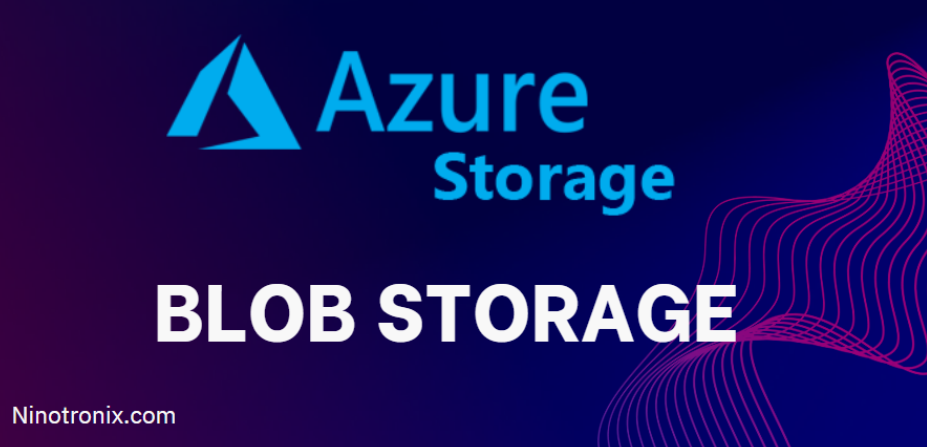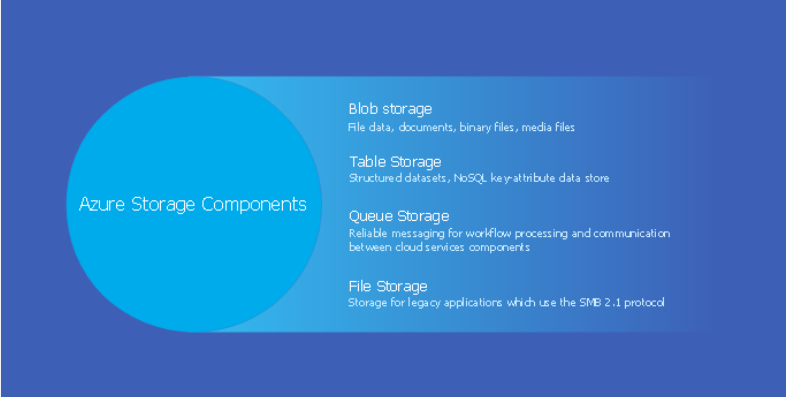11 November, 2023
0 Comments
4 categories
Use cases
Different projects and organizational needs call for different architectural styles. Here, we explore the scenarios where one might be more advantageous than the other:
- Small to medium projects: Monolithic architectures are often easier to manage for smaller projects, especially for startups or teams with limited resources. AWS offers services such as Elastic Beanstalk that can simplify the deployment of monolithic applications.
- Enterprise-level applications: For complex, large-scale applications requiring high availability and scalability, microservices are generally the better choice. AWS provides a range of services, such as AWS Lambda for serverless architectures and Amazon ECS for container management, that can support the complexities of a microservices architecture.
- Rapid prototyping: Monolithic architectures can be advantageous for rapid prototyping and development. However, as the application scales, transitioning to microservices may become inevitable. AWS’s suite of development tools can aid in this transition.
- Highly distributed teams: Microservices offer the advantage of parallel development, making it ideal for organizations with multiple development teams in diverse locations. AWS’s global infrastructure can be a boon in such scenarios, offering low-latency access and data sovereignty.
- Legacy systems: For organizations looking to modernize their legacy systems, transitioning to a microservices architecture can be a strategic move. AWS offers services such as AWS Migration Hub to facilitate this transition, but it requires careful planning and a focus on security, given that AWS environments are subject to different kinds of vulnerabilities compared to on-premises setups.
- Lift-and-shift migration: This involves moving an application from an on-premises environment to the cloud with minimal modifications. In the context of AWS, a monolithic architecture is often more straightforward to migrate using the lift-and-shift method. AWS services such as Amazon EC2 and Amazon RDS can easily host monolithic applications, allowing organizations to benefit from cloud scalability and flexibility without undergoing a significant architectural overhaul. However, this approach may not fully leverage the cloud’s capabilities and may require further optimization post-migration.
- Refactoring for microservices: If an organization aims to modernize its application architecture, refactoring to microservices is a strategic move. AWS offers a rich ecosystem of services such as Lambda, ECS, and EKS that are designed to support microservices. Refactoring involves breaking down a monolithic application into smaller, loosely coupled services, each of which can be developed, deployed, and scaled independently. This approach allows organizations to take full advantage of the cloud-native features offered by AWS, such as auto-scaling, serverless computing, and managed databases. However, this is often a complex and time-consuming process that requires careful planning and execution, especially concerning security configurations and data migration.
In conclusion, the architecture you choose plays a pivotal role in shaping your application’s scalability, flexibility, and overall performance. Whether it is the simplicity of monolithic architecture or the agility of microservices, AWS offers a range of services to optimize your architectural decisions.
Category: Data in transit encryption, Exams of Microsoft, Loosely coupled components, Microsoft AWS Exams



